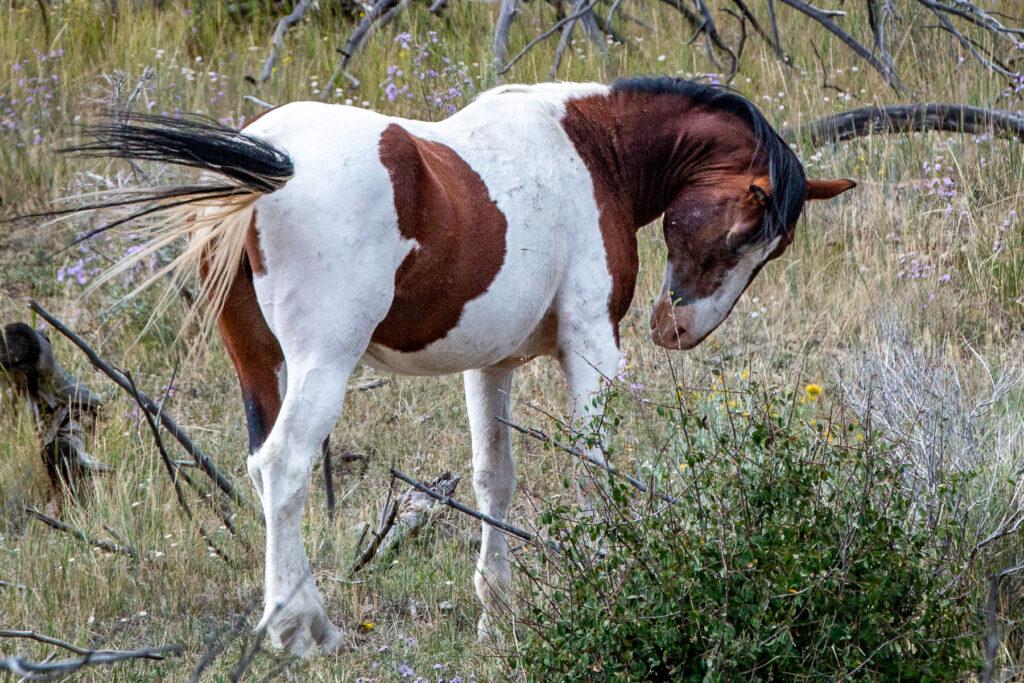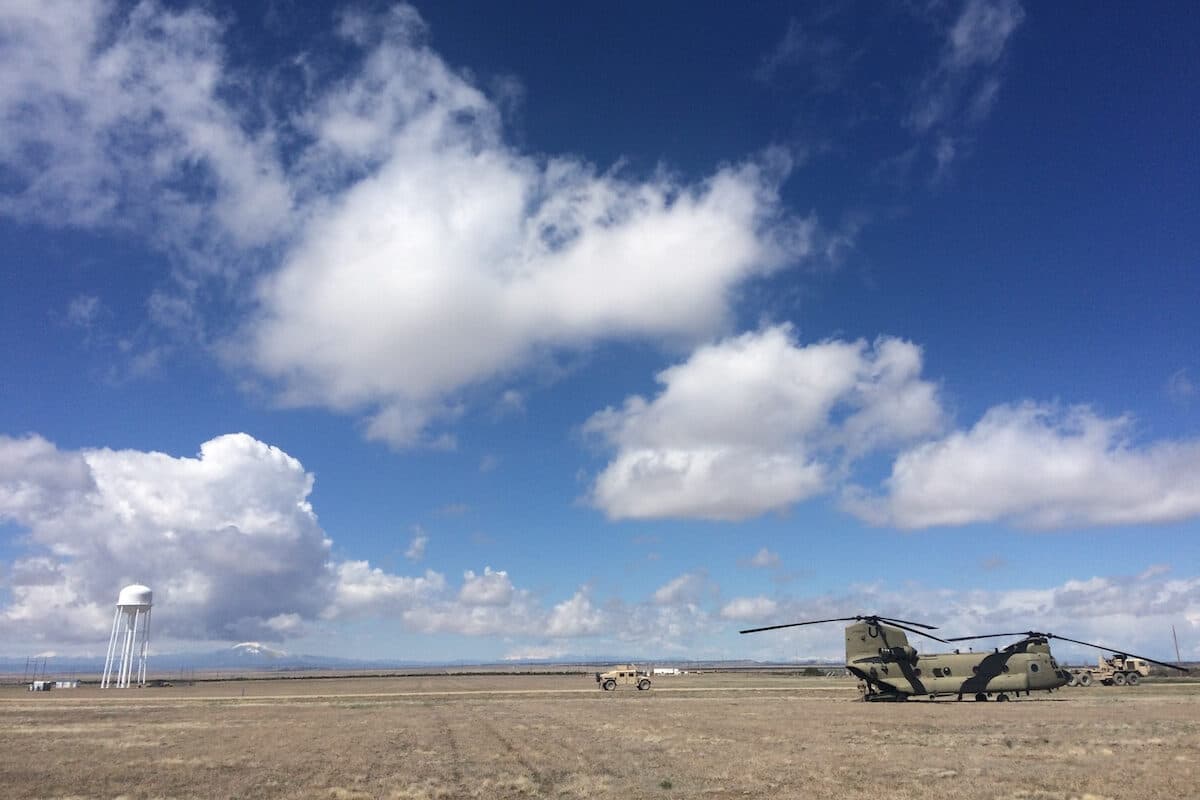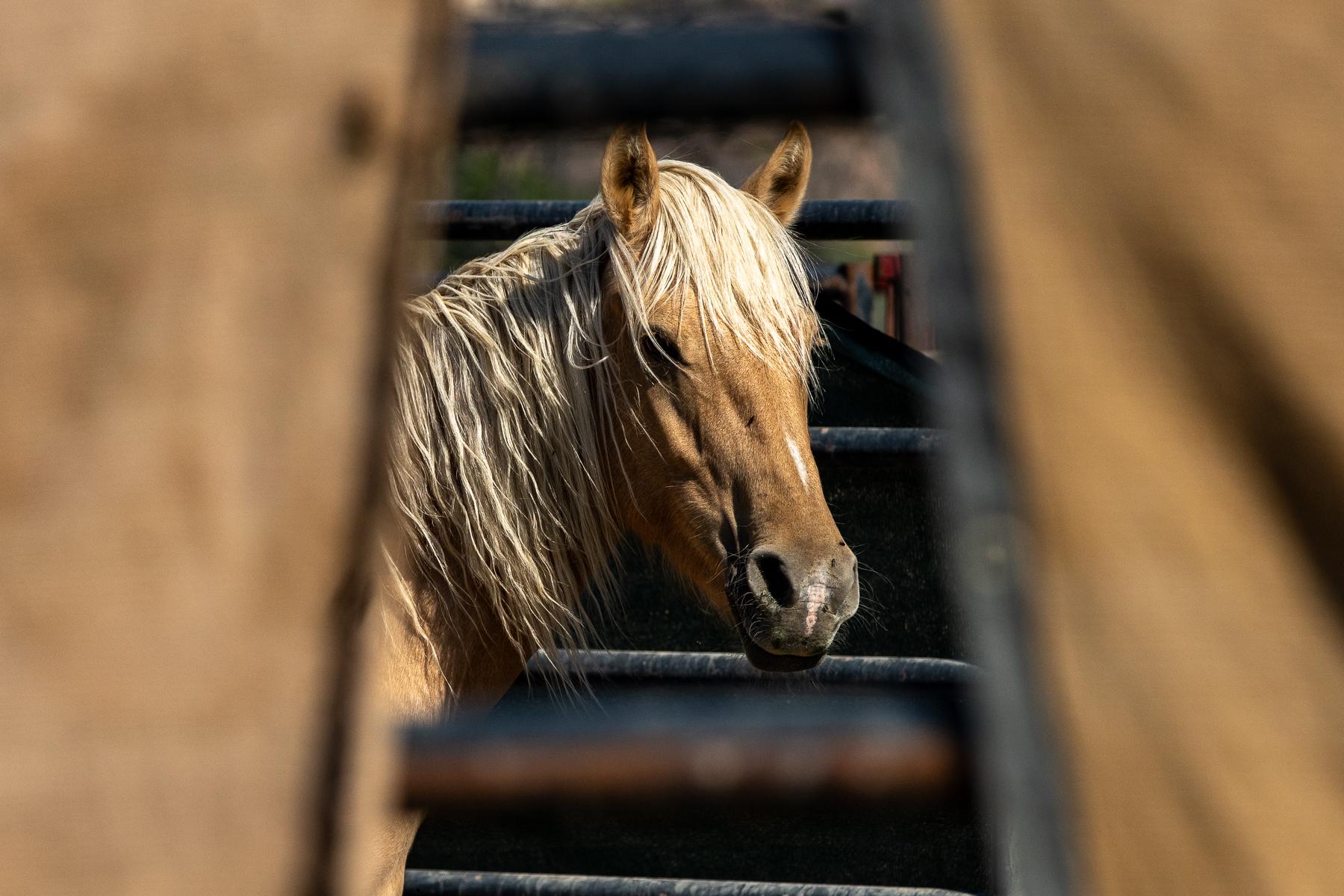
After two hours of pre-dawn driving up rugged dirt roads into canyons and plateaus northwest of De Beque, a small caravan of bleary-eyed travelers arrived at a rocky outcropping overlooking Monument Rocks at Little Book Cliffs Wild Horse Area.
U.S. Bureau of Land Management officials, along with Friends of the Mustangs volunteers and advocates for the humane treatment of wild horses hiked a mile through sage, oak, rabbitbrush and juniper, and dodged piles of horse droppings on Wednesday to watch the first day of a week-long planned helicopter roundup of wild horses.
The federal government’s goal: pare down the herd’s size.
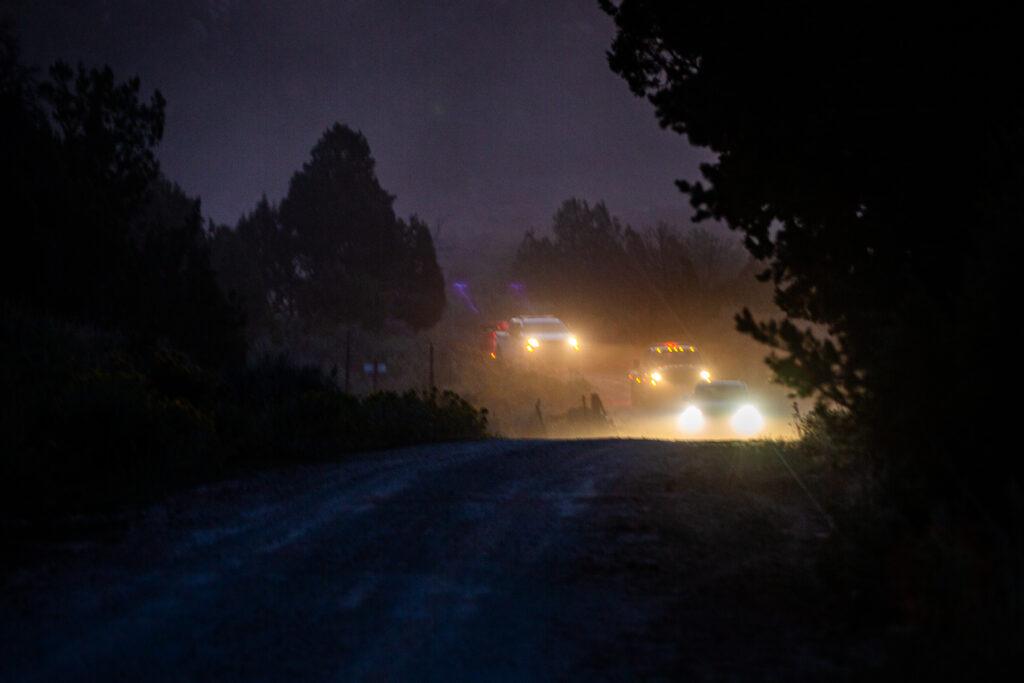
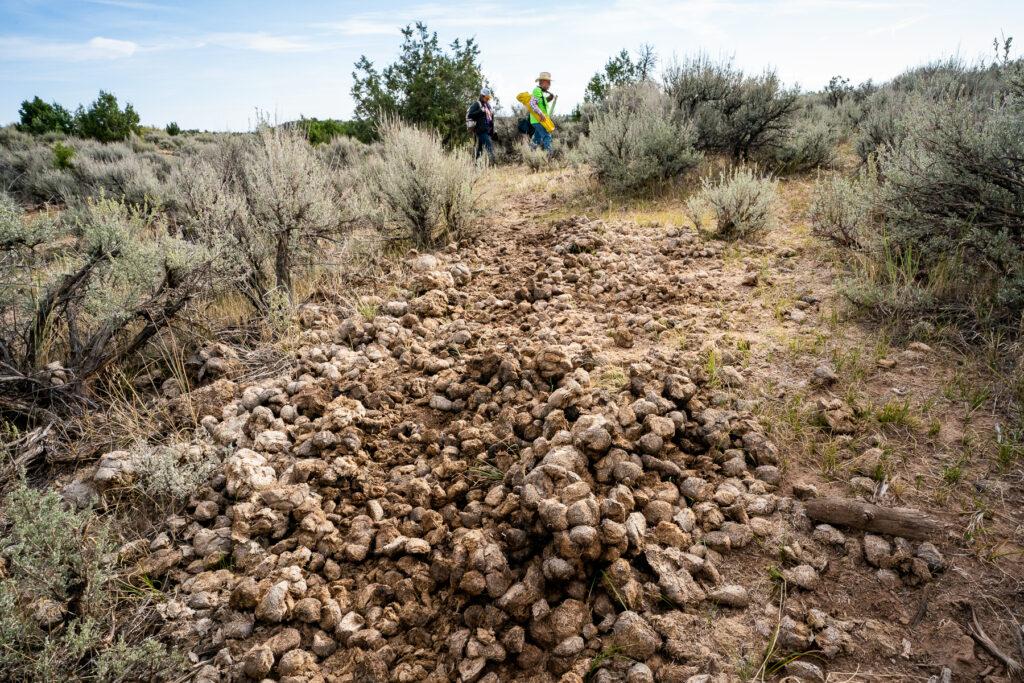
There are no horses in sight. They’re hiding in tree-covered ravines. But it’s impossible to miss a small helicopter, white with green stripes, whump-whump-whumping through the air far across the valley. The pilot is pushing unseen horses into what’s called a trap — a funnel of fencing that leads the horses into an enclosure wrapped in burlap.
By lunchtime, when a storm forces an early end to the day’s operations, 10 horses have been gathered.
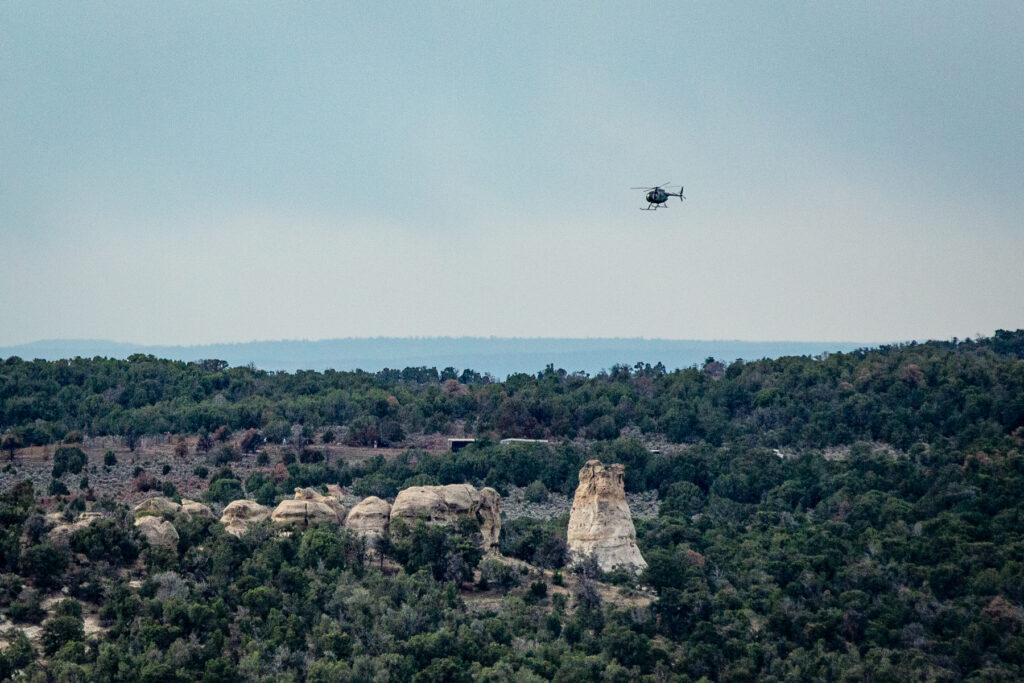
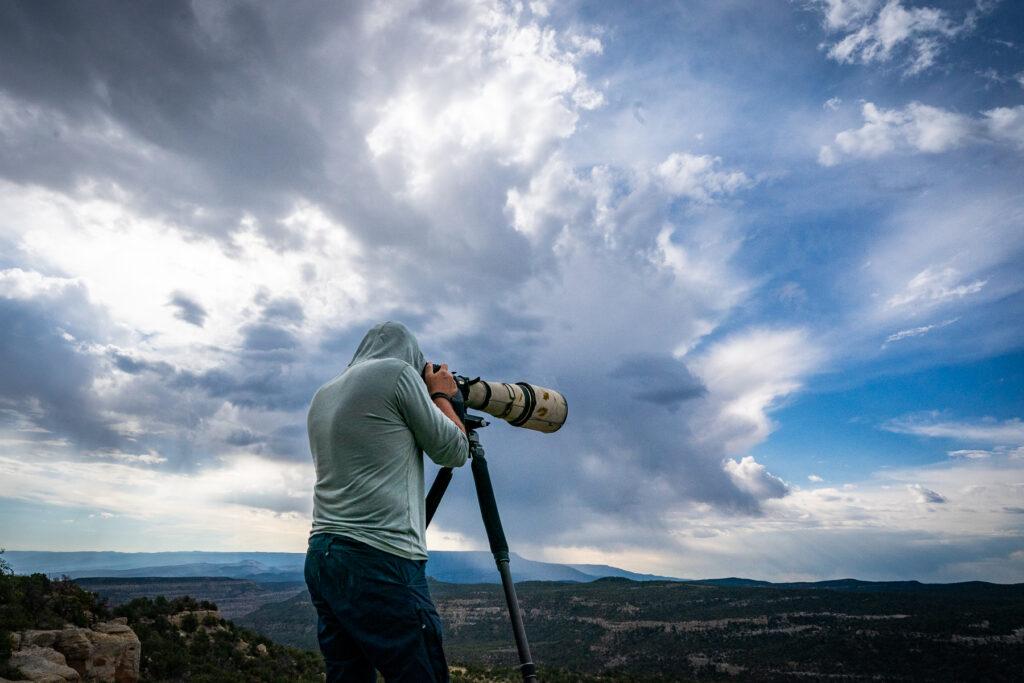
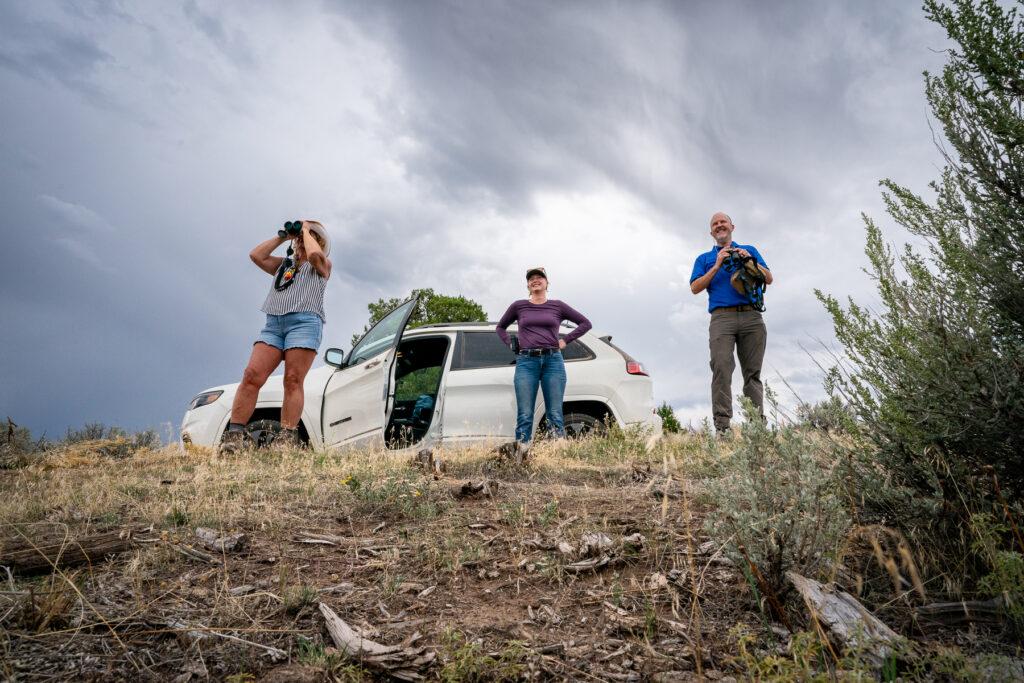
“We do a good job of safely and humanely capturing and holding these horses,” said Tyrell Turner, a wild horse specialist for the agency’s northwest district in Meeker, Colo.
Standing outside a temporary holding corral the next day as the first group of horses adjusts to their new situation, Tyrell described how human contact with the animals is minimized. Most of the horses have never been captured before, he said.
As Tyrell speaks, a crew distributes bales of hay along the corral and fills water troughs.
Federal wildlife officials say herd-thinning operations like the one in northwest Colorado are necessary because there are too many wild horses on public lands across the West — 60,000 horses and 15,000 wild burros on 31 million acres of federally managed rangeland.
At Little Book Cliffs’ 36,000 acres, the bureau is working to reduce the herd from more than 200 animals to somewhere around 95 to 150. Wranglers aim to gather about 130 herd members over the course of a week.
Thirty of the horses will be darted with birth control drugs, to slow their ability to breed and optimize the herd’s male-to-female ratio.
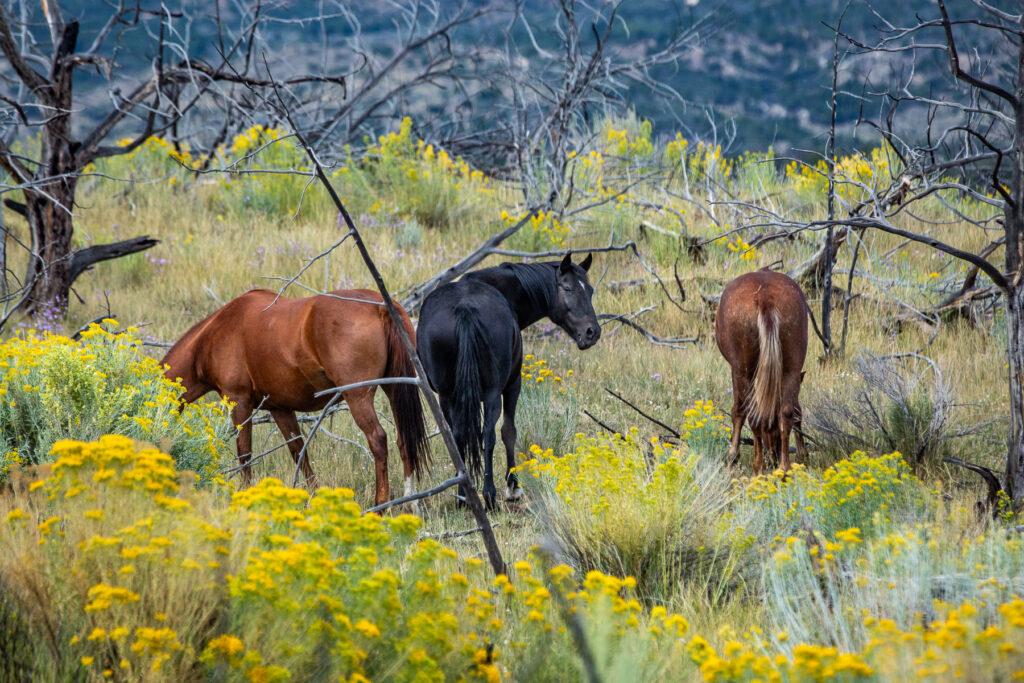
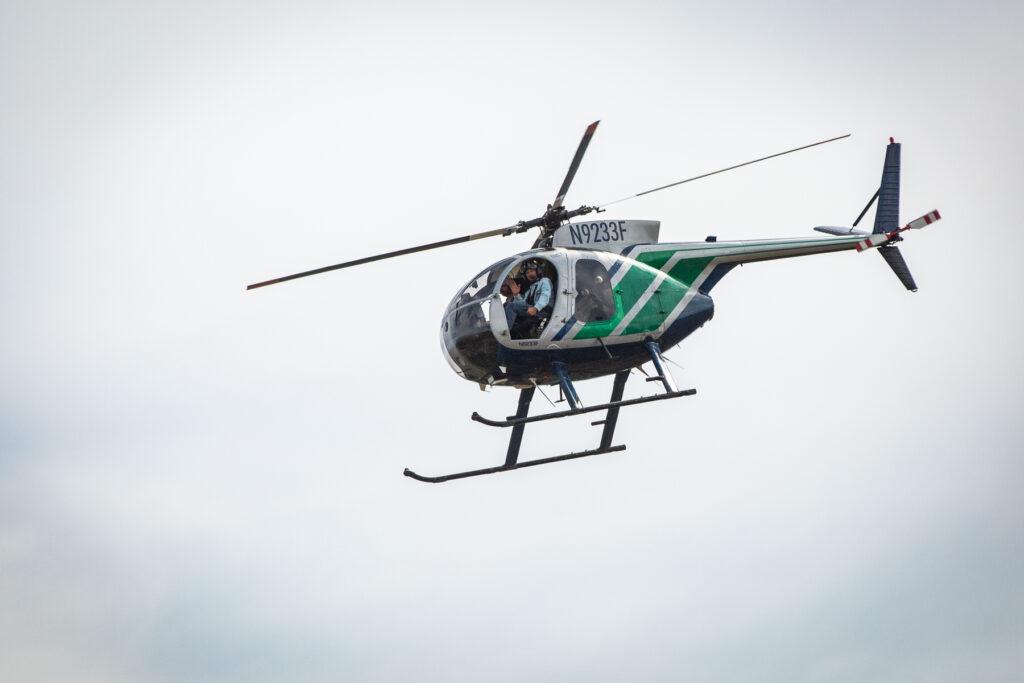
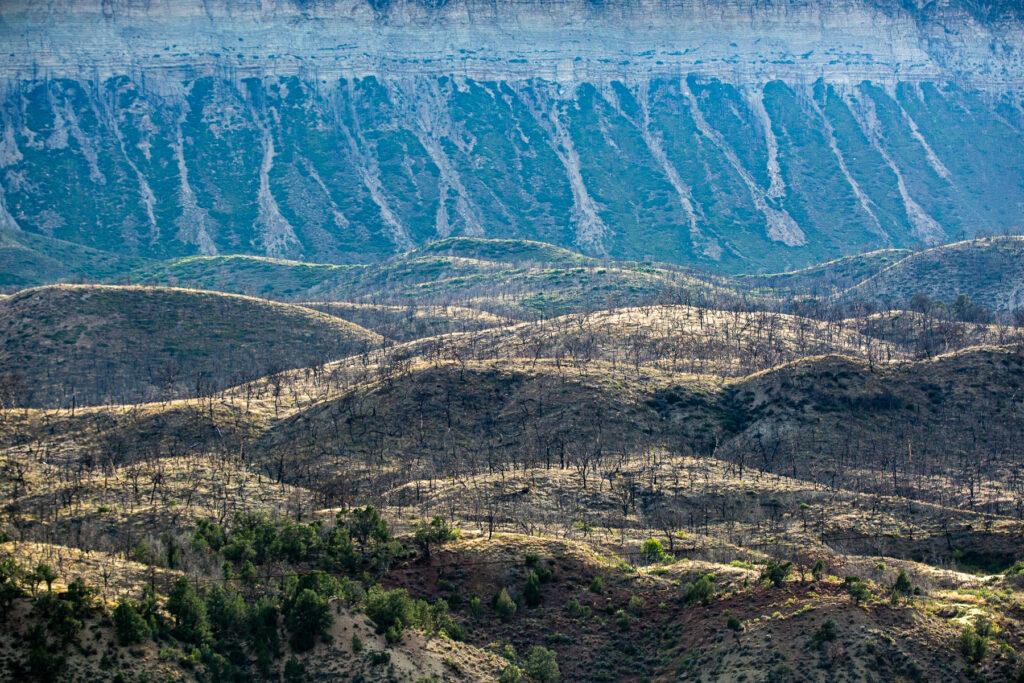
Another roughly 100 horses will be taken to a special corral on state prison grounds in Cañon City, where they will get checked out by veterinarians, branded with numbers, then returned to their ranges for adoption.
By national standards, the Little Book Cliffs herd and range size is modest — as are the other federally managed horse ranges in Colorado. With the Sand Wash Basin between Craig and Dinosaur, Piceance-East Douglas southwest of Meeker and Spring Creek between Norwood and Dove Creek, Colorado has about 400,000 acres for about 1,300 horses. Roundups in Nevada can involve a thousand horses, federal officials say.
Since 1971, the Wild Free-Roaming Horses and Burros Act has mandated that the federal bureau manage the herds to maintain their heath and numbers. Subsequent laws allow helicopters to be used.
Isaac Pittman, the bureau’s incident commander at this year’s Little Book Cliffs roundup, said the helicopters “are proven to be the most efficient, and actually very safe way of gathering horses,” both for the animals, and for the humans doing the work. Much safer, he said, than using wranglers on horseback or in vehicles, or using bait traps.
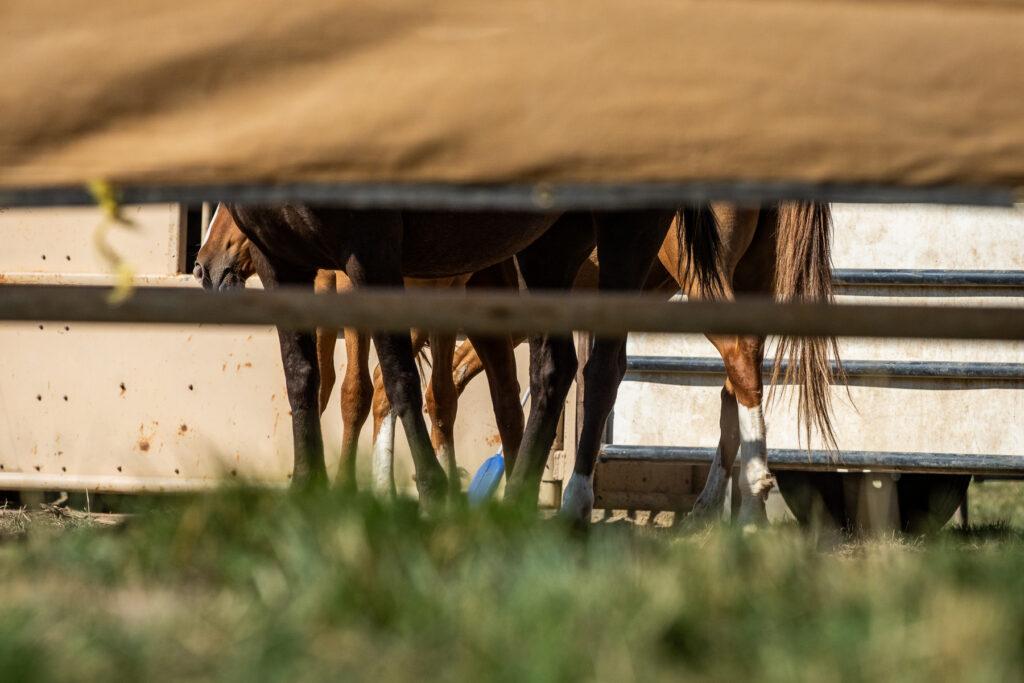
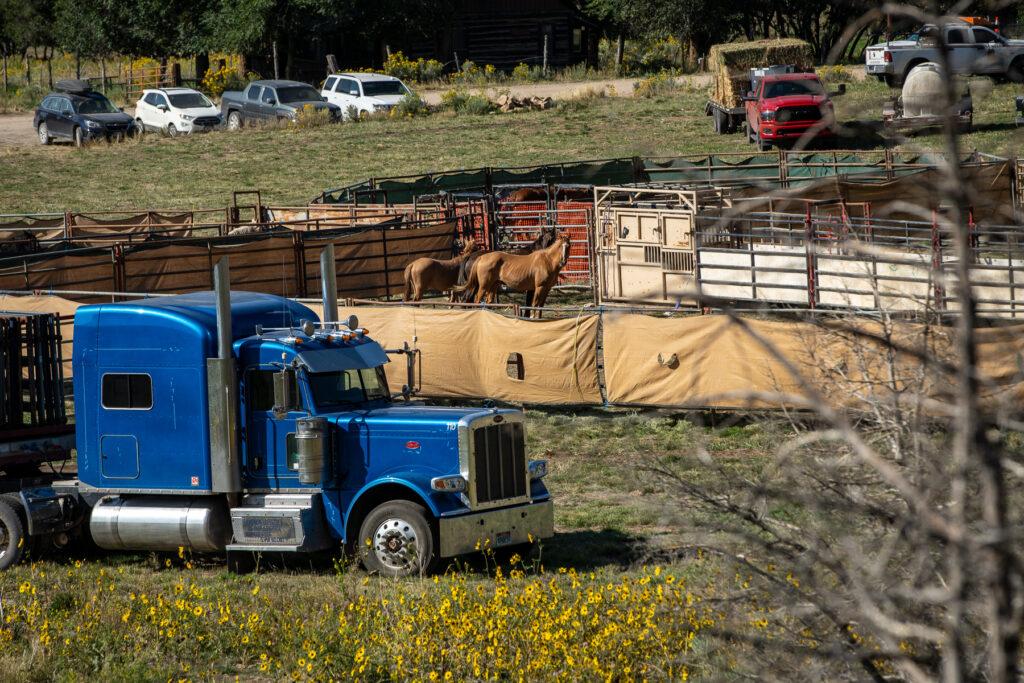
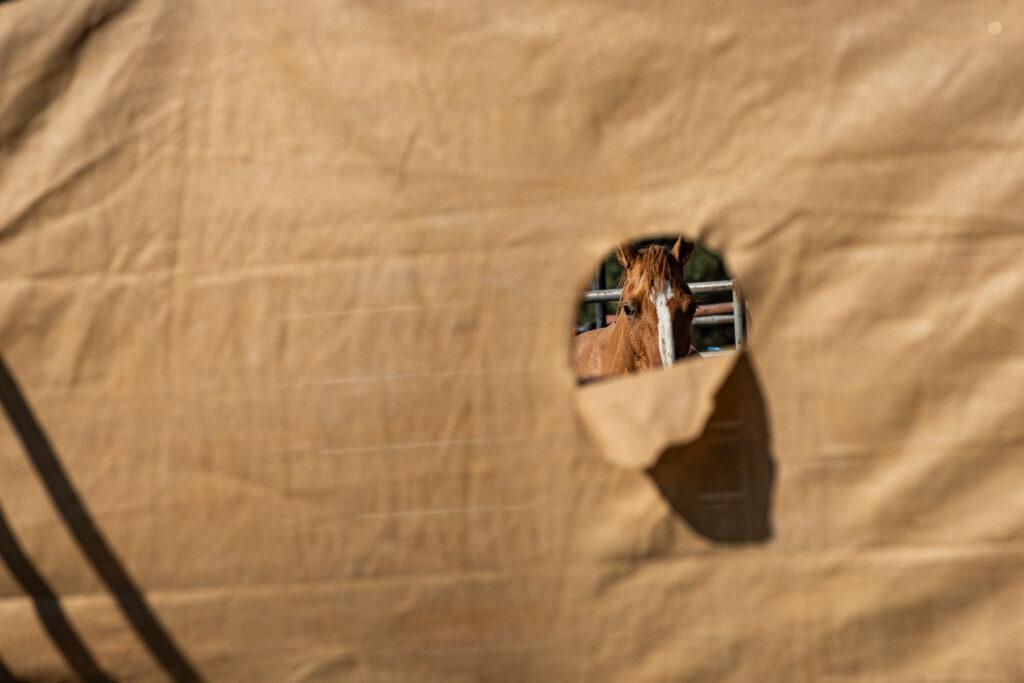
Still, wild horse advocates like American Wild Horse Conservation say the helicopters are cruel and unnecessary, used to “brutally stampede, capture, and remove wild horses … Roundups are based on a deep-rooted prioritization of ranching and other commercial interests on public lands.”
In a lengthy “Myth and Facts” statement on its website, bureau officials argue the claim from the horse conservation group, and similar ones, is baseless: “The removal of wild horses and burros from public rangelands is carried out to ensure rangeland health, in accordance with land-use plans that are developed in an open, public process.”
At Little Book Cliffs, there are no ranching leases to worry about, Pittman said.
Public concern around wild horse round-ups prompted Colorado lawmakers and Gov. Jared Polis in 2023 to create a 14-member Colorado Wild Horse Working Group. The task force is charged with ensuring the animals are treated humanely. Overseen by the state Department of Agriculture, it also includes Bureau of Management officials and tribal leaders. The group has no governing authority — the land and its horses come under federal jurisdiction — but its members are also looking for sustainable holding locations much closer to the herds to minimize travel. The group is also working to find funding for the birth control darting program, which is currently run and staffed by volunteers.
This year’s roundup in northwestern Colorado was planned before the working group was created.
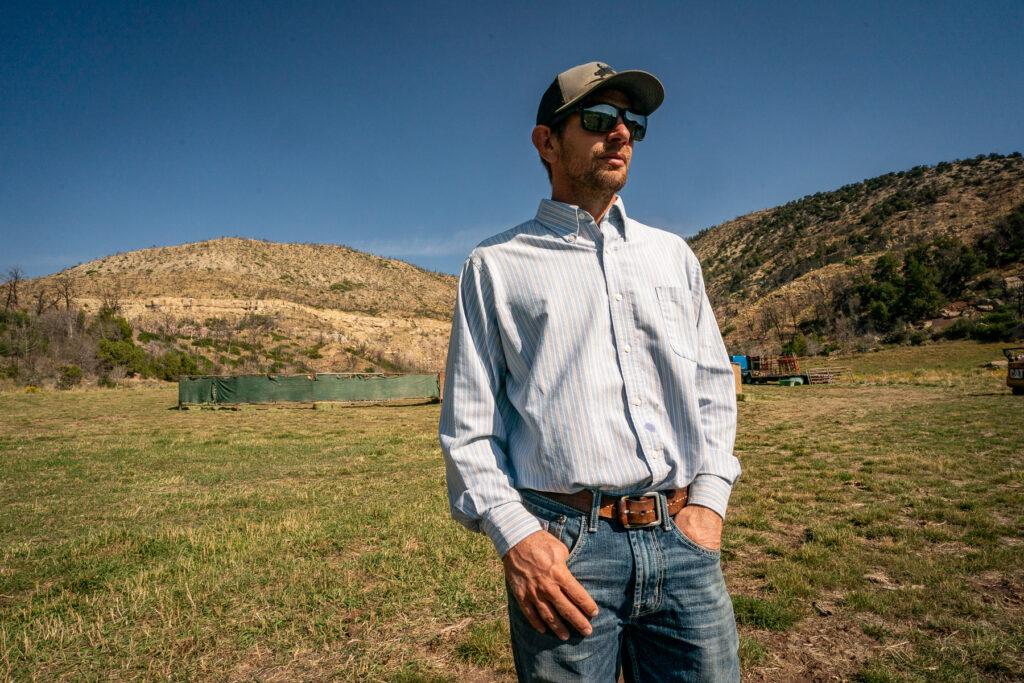
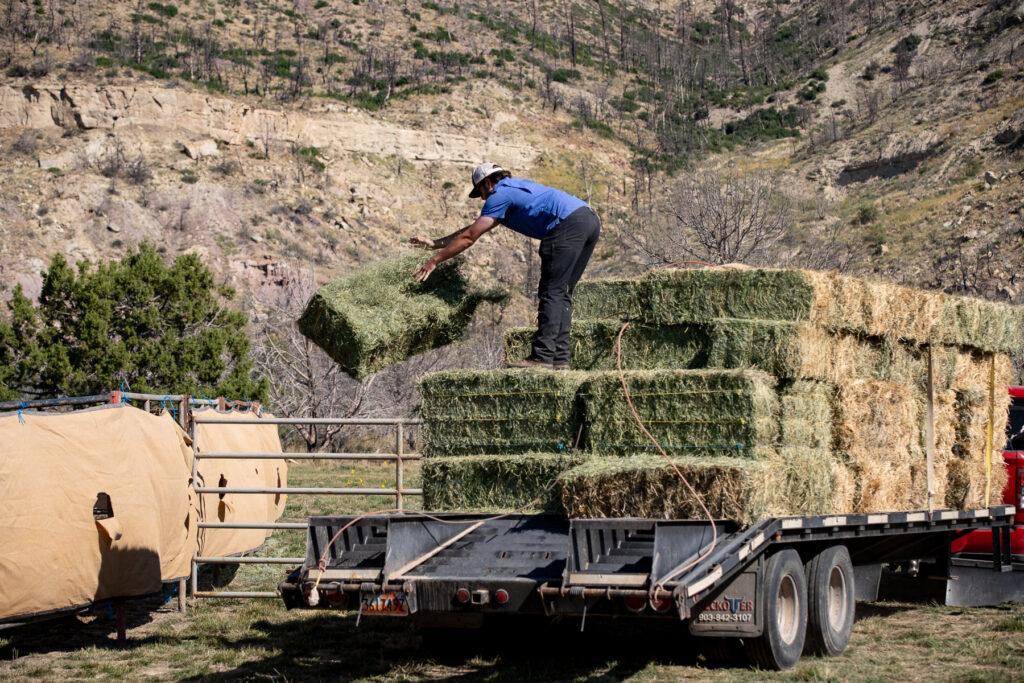
People who work around the wild horses develop a deep bond, said Friends of the Mustangs volunteer John Boughton, who’s been a part of the group’s darting program since 2008. His own horse is an adopted mustang from Salt Wells, Wyo., and he brings it to adoption events hosted by the federal agency to show prospective owners that the animals can be trained.
Boughton has ridden, driven and hiked all over Little Book Cliffs. He said every wild horse there is more than a number — they have names, a unique brand marking its family group, and are entered into a database so the federal agency can track them and document their lineage, health and territory.
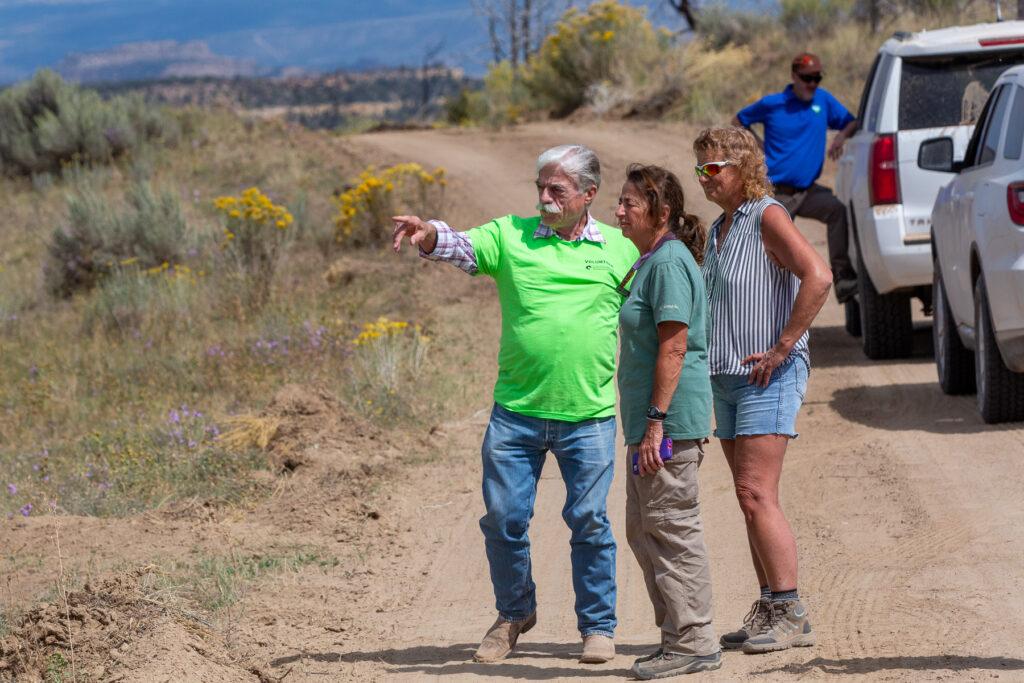
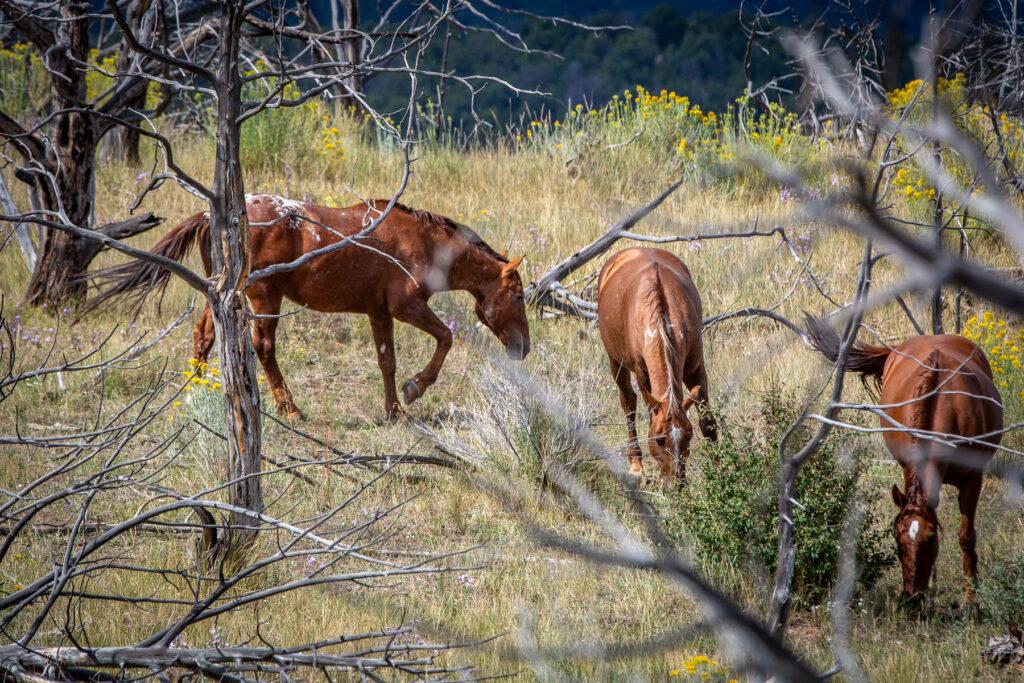
Does he have a favorite?
“Traveler,” Boughton said, pointing to an Appaloosa stallion nosing in an open meadow of rabbitbrush on the way back from the roundup’s first day of public viewing. “His mother’s name is Conquista.”
Boughton said he advocates for naming horses after themes, which makes it easier to remember their lineage. “Conquista begat Traveler. Traveler later had a baby brother out of the same parents, his name was Journey. Traveler has a son named Cruiser.”
When Boughton attends adoption events with his own horse, he said he tells visitors and prospective adoptees admiring the mustang how much the program has meant to him. “I would not be sitting on this beautiful beast with which I share my life.”
